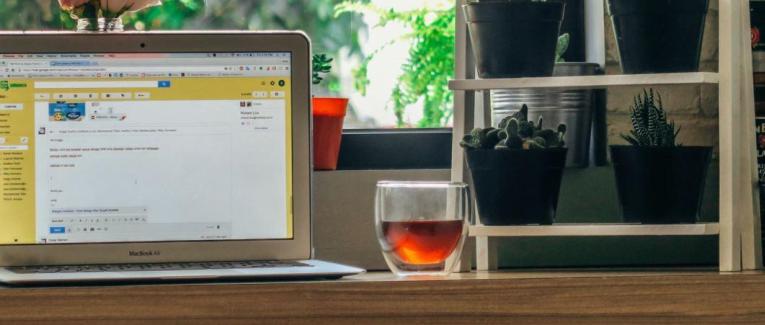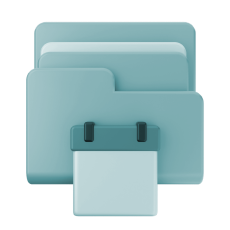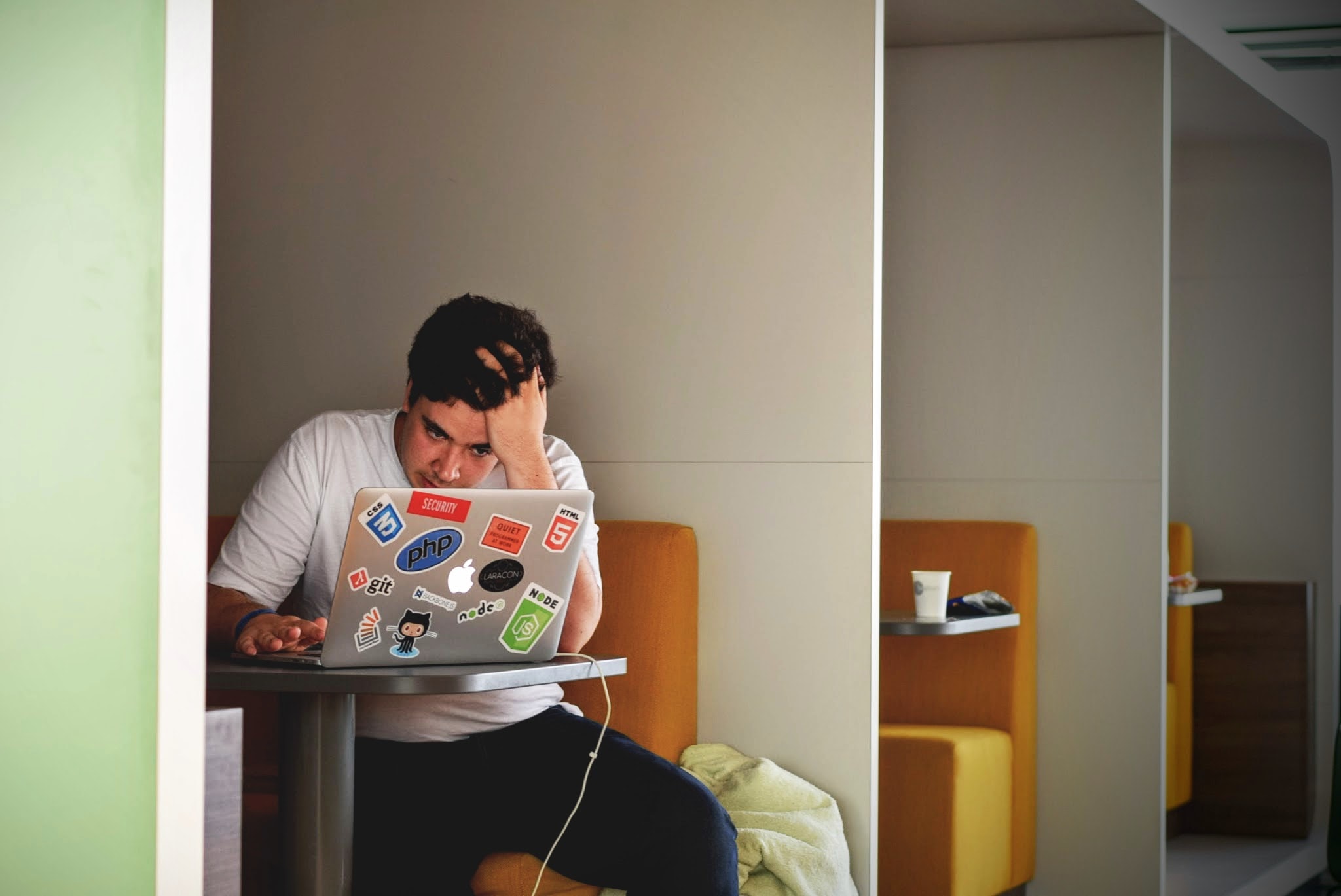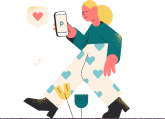
What kind of workplace will we have?
 5 min
5 min
What kind of workplace will we have?
A few months ago, Cushman & Wakefield published a worldwide research paper on working from home. With more than 50,000 respondents, they evaluate the work-from-home era we are living in and how some of the recent changes in our current work situations may become the foundation of our future workplace.
Are people as productive at home?
The key learning of the report highlighted that "effective team collaboration has reached new heights". The survey shows that 75% of respondents feel productive when they need to focus.
From my own experience, when taking classes online, it is sometimes very hard to fully focus on the class. However, when it comes to group discussions, people tend to focus more on tasks, especially when there are some members in different time zones. Every second counts!
Another survey point shows that 75% of respondents feel like they collaborate well when working remotely. I take nearly half of my internship with the working-from-home style. I love it! As I mentioned before in one of my previous articles, WFH gives me a better work-life balance as well as more flexibility. The collaboration with the team is not compromised either.
Generally speaking, pressure makes me work faster and better. Even though there are many distractions at home, house chores, problems with all kinds of home utilities, having to cook every meal and more. When realizing how shattered my time is, I focus more and I become more productive with less time. Also, nobody wants to work extra hours when WFH. I push myself to finish the same work amount I'd have in the office or even more while also taking care of all the small details at home.
Surprise! Young people struggle more with WFH
It is quite unexpected to me that when young generations are the ones advocating for a more flexible working option, we are also the ones struggling the most with it. The report indicates that 70% of Gen Z participants report challenges in working from home while only 55% of Baby Boomers say so. It may be because the majority of Gen Z either live in a shared apartment or with their parents, having an adequate workplace at home and a good working atmosphere are more difficult to build.
Luckily for me, I have either my partner to share the place and housework with or I live by myself. Either of these two situations is fine and I still don't have the caregiver duties like Gen X. However, I believe that it is very likely for many people around my age to build a comfortable and challenge-free workplace at home could be difficult, especially the foreigners.
What's next? A Total Workspace Ecosystem
Now in France and many European countries, despite the pandemic still out of control, most of the people have returned to their offices. With more and more technology and online working tools that help connect with others, many functions of an office would no longer be a necessity. Taking my role and experience in business development and customer relationship management for a startup, thanks to the connectivity and digitalization I've had from the very beginning, there are very few challenges I can't solve when switching between work on-site and work from home.
For all kinds of companies, it is time to adapt to a more digital and data-based business approach. Those companies who survived the lockdown should also rethink about giving their workplace more flexibility. A workplace is no longer a single location, it is a more broad approach that includes location, time, technology and the team. Under this definition, the traditional office can take more vivid and supportive characteristics for connecting the team together, giving support on the cultural and personal development aspects as well as striving for creativity.
---
There are definitely downsides to working remotely. It'll also be risky when a company just suddenly decides to abandon the office just because a survey result suggests working from home doesn't affect productivity. In the end, an organization should look back to what their employees are really comfortable with and how the organizational structure can adapt to it. It is important for both workers and managers to take a look at the situation and decide on a better way to work together and embrace workplace evolution.
Download the report here!









 English
English
 Français
Français
 Deutsch
Deutsch
 Italiano
Italiano
 Español
Español



 Contribuisci
Contribuisci
 Photo by
Photo by 







 Puoi sostenere i tuoi scrittori preferiti
Puoi sostenere i tuoi scrittori preferiti





